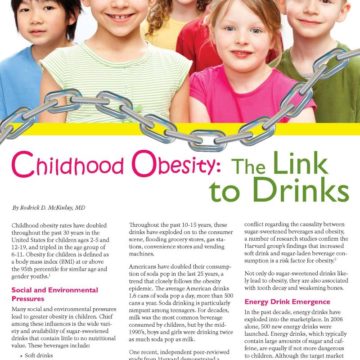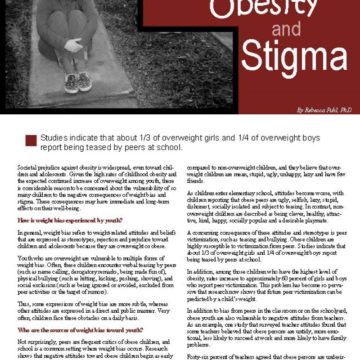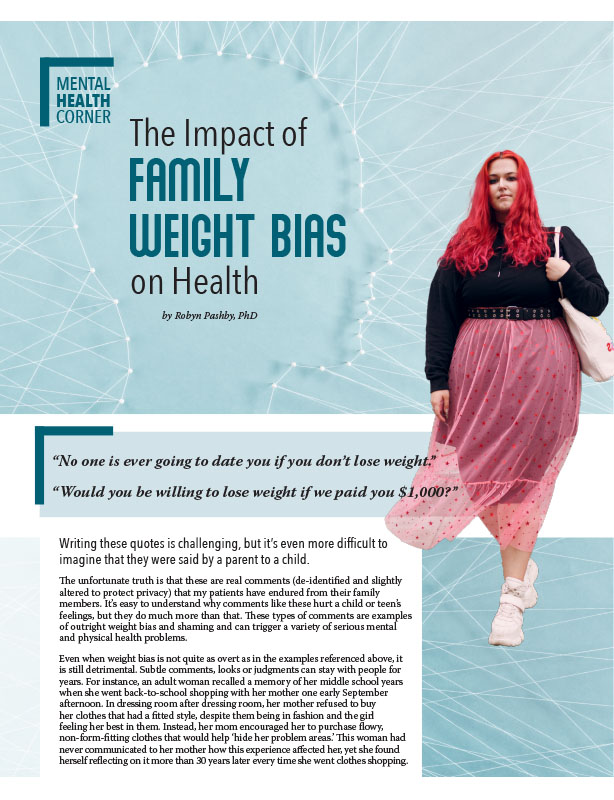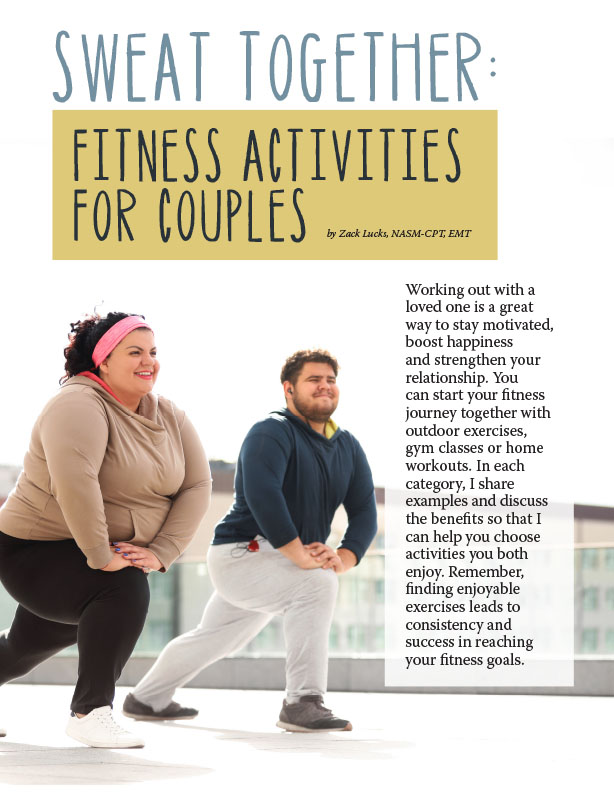Children in Motion

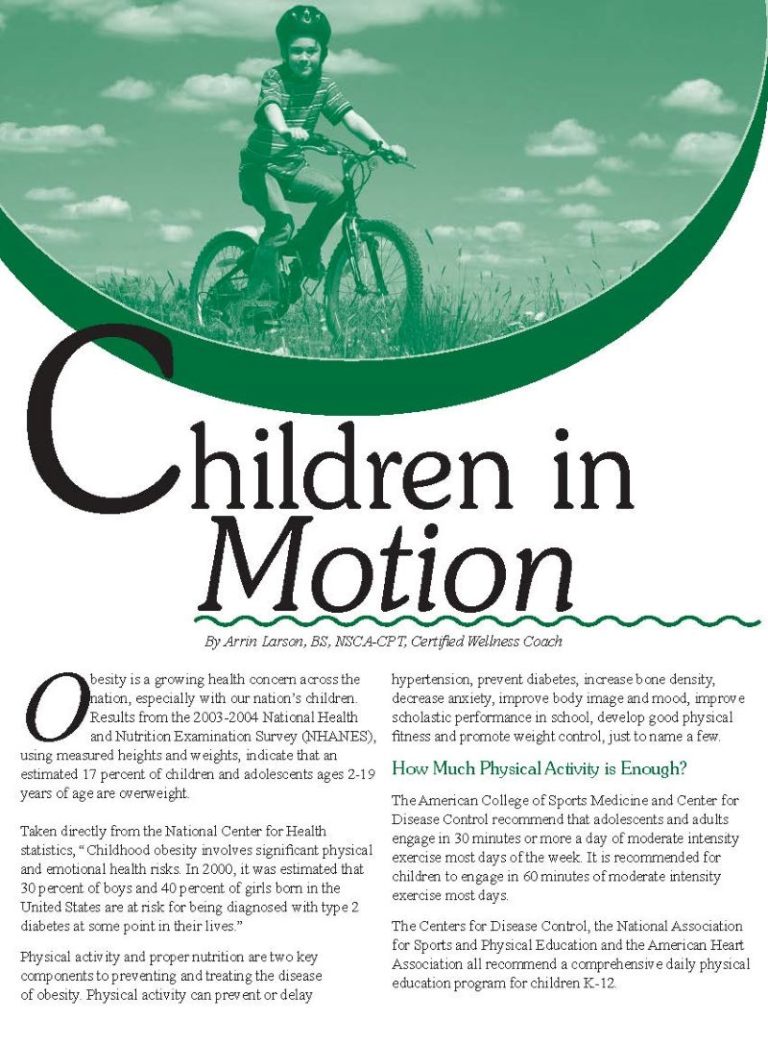
by Arrin Larson, BS, NSCA-CPT, Certified Wellness Coach
Summer 2007
Obesity is a growing health concern across the nation, especially with our nation’s children. Results from the 2003-2004 National Health and Nutrition Examination Survey (NHANES), using measured heights and weights, indicate that an estimated 17 percent of children and adolescents ages 2-19 years of age are overweight.
Taken directly from the National Center for Health statistics, “Childhood obesity involves significant physical and emotional health risks. In 2000, it was estimated that 30 percent of boys and 40 percent of girls born in the United States are at risk for being diagnosed with type 2 diabetes at some point in their lives.”
Physical activity and proper nutrition are two key components to preventing and treating the disease of obesity. Physical activity can prevent or delay hypertension, prevent diabetes, increase bone density, decrease anxiety, improve body image and mood, improve scholastic performance in school, develop good physical fitness and promote weight control, just to name a few.
How Much Physical Activity is Enough?
The American College of Sports Medicine and Center for Disease Control recommend that adolescents and adults engage in 30 minutes or more a day of moderate intensity exercise most days of the week. It is recommended for children to engage in 60 minutes of moderate intensity exercise most days.
The Centers for Disease Control, the National Association for Sports and Physical Education and the American Heart Association all recommend a comprehensive daily physical education program for children K-12.
Did Your Know?
- Only 25 percent of high school students participate in daily physical education (PE).
- Only 19 percent of high school students are active for at least 20 minutes a day during PE class.
- Only 47 percent of middle/junior high schools and 26 percent of high schools require at least three years of physical education.
What are the Benefits of Formal Physical Education?
- Develops motor skills
- Promotes physical fitness
- Increases energy expenditure
- Promotes positive attitudes
- Enhances academic performance
- Enhances good mental health and self concepts
What Can We as a Society, as Parents and Family Members, as well as Educational Professionals Do?
1. Get yourself moving
- Be a good role model for your kids/community.
- Children of active parents are SIX times more likely to be active than kids whose parents are sedentary.
- Make it a joint effort!
2. Shut off the television, video games and computers
- Set guidelines.
- More than 60 percent of childhood obesity is directly related to watching too much television.
- The rate of obesity rises 2 percent for each hour of television watched a day.
3. Promote PE in school
- When your child is registering, encourage them to take a physical education class.
- If your child is in day care, make sure it offers at least 20 minutes of physical exercise/activity a day.
4. Promote activity rather than exercise
- Sometimes when we call it “exercise,” it can have negative feelings or thoughts associated with it. Activity and movement are much less charged words.
- Try free play activities such as: tag, hide and seek, hopscotch, jump rope, Simon says, capture the flag, etc.
- You can do something very informal. It does not have to be sports or dance class.
- Walk to the park, wash the car, nature walk/hike and walk to the library or the store.
- Get the whole family involved, even pets!
5. Be supportive
- Children of all ages need acceptance and encouragement.
- Use positive reinforcement of the physical activities.
- Be sensitive and find activities that are not difficult or that may cause embarrassment.
- Add variety and let them choose.
Did You Know?
- At least 75 percent of Americans live within a 2-mile walking distance from a public park.
- Where is your nearest park?
A fun and interactive tool is on the My Pyramid Web site. Visit the “For Kids” section at www.mypyramid.gov to start playing. This Web site also has great information on exercise and nutrition and a game for kids to play, learning about fuel (food) and activity. Check it out.
About the Author:
Arrin Larson, BS, NSCA-CPT, is an exercise physiologist educator at Scottsdale Healthcare and Scottsdale Bariatric Center in Scottsdale, AZ.
Resources:
1. win.niddk.nih.gov/publications/child.htm
2. www.cdc.gov/mmwr/preview/mmwrhtml/mm5336a5.htm
by Yelena Kibasova Spring 2024 The fitness world is evolving, with new trends and innovations that promise…
Read Articleby Robyn Pashby, PhD Winter 2024 “No one is ever going to date you if you don’t…
Read Articleby Zack Lucks, NASM-CPT, EMT Winter 2024 Working out with a loved one is a great way…
Read Article




